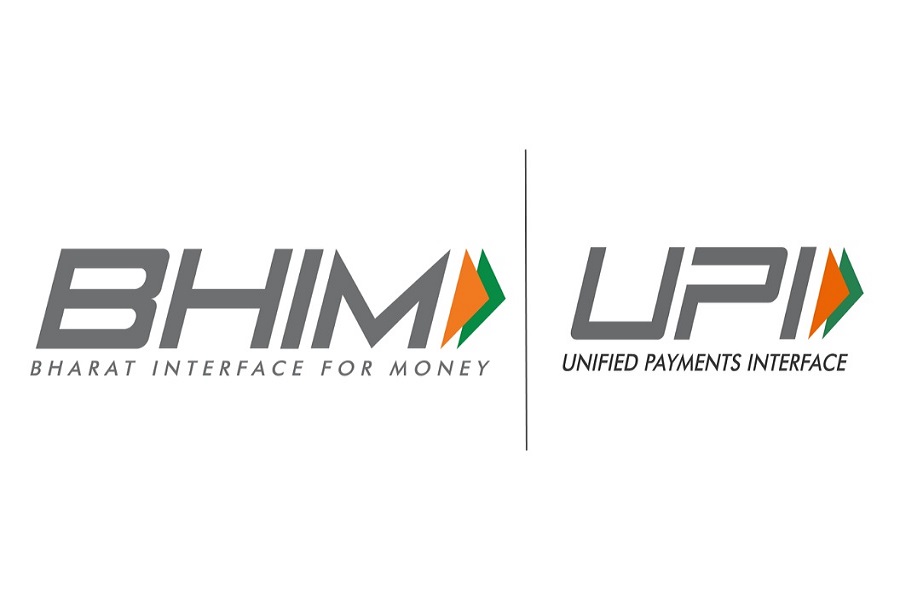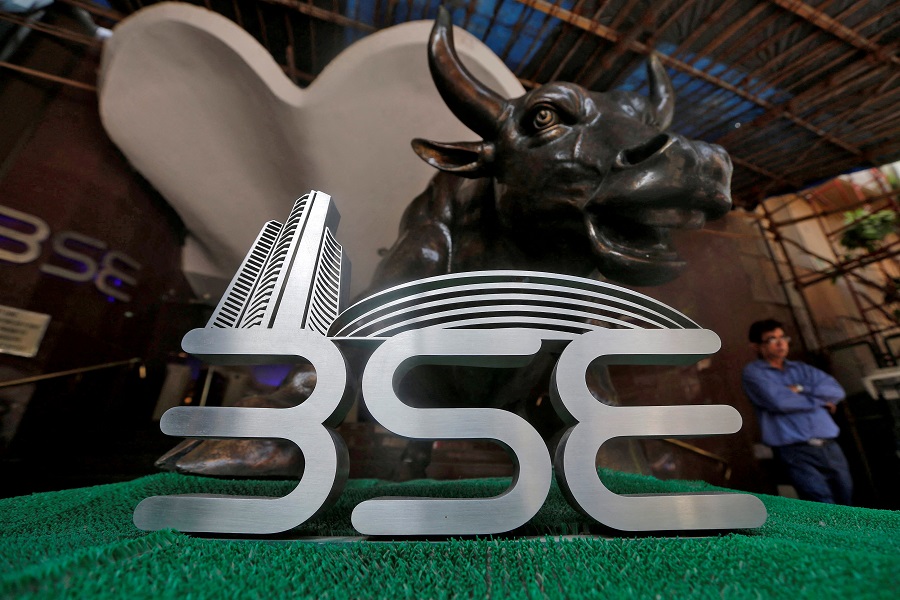Unilex Colours and Chemicals coming with IPO to raise Rs 31.32 crore

Unilex Colours and Chemicals
- Unilex Colours and Chemicals is coming out with an initial public offering (IPO) of 36,00,000 equity shares in a price band Rs 82-87 per equity share.
- The issue will open on September 25, 2024 and will close on September 27, 2024.
- The shares will be listed on SME Platform of NSE.
- The face value of the share is Rs 10 and is priced 8.20 times of its face value on the lower side and 8.70 times on the higher side.
- Book running lead manager to the issue is HEM Securities.
- Compliance Officer for the issue is Gourav Mundra.
Profile of the company
Unilex Colours and Chemicals is engaged in the business of manufacturing of Pigment, and the trading of chemicals and food colours. The pigments manufactured by the company finds diverse applications across various industries such as plastic, rubber, textiles, paper, printing inks, paints and coating. Within Pigments, it specializes in Pigment Blue 15:3 and 15:4, with an annual production capacity of 1878 mtpa. The company’s products are marketed under the registered brand name Unilex. The company caters to both domestic and international markets, providing a wide range of pigment solutions for various industries. Its manufacturing facility is situated at MIDC - Tarapur, Palghar, Maharashtra is spread across approximately 1275 sq. meter and is equipped with various machines such as Ball Mill Machine, Root Blower, Silo, Reaction Steel Vessel, Brick Linned Vessel, Rubber Linned Vessel, Drowning Vessel, Spin Flash Dryer, Ribbon Blender, Air Classifier Mill Machine, Air Blender, Filter Press Machine etc.
The company’s products are manufactured from raw materials such as BM CPC, Caustic Soda Flakes, Gum Rosin, Hydrochloric Acid, Mix Xylene, Additive Monosulphonaled CPC Blue and Unisol SI-20 etc. Its products undergo through examination, testing and evaluation to ensure compliance with specified requirements. Its manufacturing facility holds ISO 9001:2015 certification for quality management in the manufacturing of pigments, food dyes, and drug intermediates.
The company is exporting its products to countries including Vietnam, Brazil, Mexico, Nigeria, Russia, Turkey, Netherlands, Poland, China, Spain, Malaysia, Thailand, United Arab Emirates and Uzbekistan. It markets its products through direct marketing, which allows it to connect with potential customers on a personal level and tailor its messaging to their specific needs. Further, it also participates in exhibitions and conferences, providing it to showcase its products. It provides flexible packing options such as Multi-Layer Paper Bags, Corrugated Boxes, HDPE and HDPE Coated Bags, Multi-Layer Abetted Liners and HM Covers, Wooden Pallets and Jumbo Bags among others.
Proceed is being used for:
- Meeting working capital requirements
- Repayment of a portion of certain borrowing availed by the company
- General corporate purpose
Industry Overview
Covering more than 80,000 commercial products, India’s chemical industry is extremely diversified and can be broadly classified into bulk chemicals, specialty chemicals, agrochemicals, petrochemicals, polymers, and fertilisers. India is the 6th largest producer of chemicals in the world and 3rd in Asia, contributing 7% to India’s GDP. India's chemical sector, which is currently estimated to be worth $220 billion in 2022 and is anticipated to grow to $300 billion by 2025 and $1 trillion by 2040. Globally, India is the fourth-largest producer of agrochemicals after the United States, Japan and China. India accounts for 16-18% of the world production of dyestuffs and dye intermediates. Indian colorants industry has emerged as a key player with a global market share of 15%. The country’s chemicals industry is de-licensed, except for few hazardous chemicals. India holds a strong position in exports and imports of chemicals at a global level and ranks 14th in exports and 8th in imports at global level (excluding pharmaceuticals).
The domestic chemicals sector's small and medium enterprises are expected to showcase 18-23% revenue growth in FY22, owing to an improvement in domestic demand and higher realisation due to high prices of chemicals. Domestic demand is expected to rise from $170 billion-$180 billion in 2021 to $850 billion-$1,000 billion by 2040. India’s proximity to the Middle East, the world’s source of petrochemicals feedstock, enables it to benefit on economies of scale
Despite the pandemic situation, the Indian chemical industry has numerous opportunities considering the supply chain disruption in China and the trade conflict between the US, Europe and China. Anti-pollution measures in China will also create opportunities for the Indian chemical industry in specific segments. Additional support, in terms of fiscal incentives, such as tax breaks and special incentives through PCPIRs or SEZs to encourage downstream units will enhance production and development of the industry. The dedicated integrated manufacturing hubs under the Petroleum, Chemicals and Petrochemicals Investment Regions (PCPIR) policy to attract an investment of Rs 20 lakh crore ($276.46 billion) by 2035. To bring about structural changes in the working of the domestic chemical industry, future investments should not only focus on the transportation of fuels such as petrol and diesel but also on crude-to-chemicals complexes or refineries set up to cater to the production of chemicals.
Pros and strengths
Offers a diversified range of products: The company’s range of products combines in-house manufacturing capabilities and sourced items from the market. This dual approach allows it to provide a comprehensive solution that meets varied customer needs and preferences. By manufacturing certain products in-house such as Pigment Blue 15:3 and 15:4, it maintains control over quality and production timelines, ensuring it consistently deliver high standards and cater to specific requirements of its clientele. Simultaneously, sourcing products from the market allows it to expand its product range swiftly, leveraging external expertise and specialized manufacturing capabilities that complement its own. This strategy enables it to offer a wider array of choices, covering different styles, functionalities, and price points.
Catering to wide range of industries: The company enjoys a wide product range with diverse applications across various industries such as paints & coatings, plastic, printing inks and textiles. It possesses manufacturing facility with the ability to address customization as per customer requirements. Its diversification of revenue across multiple verticals allow it to prevent any possible industry concentration in any of its product categories. It also ensures that its revenues are consistent across periods on account of its customers serving different industry verticals with different business or industry cycles.
Research and development capabilities allowing product innovation and customization: To enhance its product offerings, the company has continually invested in Research and Development (R&D) activities, developing in-house capabilities with regular technology upgrades. Its in-house Quality Control ensures raw materials and finished products meet FSSAI, ISO, HALAL, GMP, and other standards. Emphasizing R&D has been crucial for fostering innovation, enhancing competitiveness, and driving sustainable growth. By establishing an in-house R&D department, it cultivates innovation, accelerate technological advancement, and sustain long-term growth. Its R&D department uses various instruments, including a Hot Plate, Karl Fischer Instrument, UV Spectrophotometer, and others, to support its initiatives.
Risks and concerns
Significant revenue comes from limited customers: The company’s customer base currently comprises a host of international and domestic companies. Its top 10 customers contributed approximately 34.08%, 31.59% and 36.66% of its revenue from operations for year ended on March 31, 2024, March 31, 2023 and March 31, 2022 respectively. It expects that it will continue to be reliant on its major customers in future. Accordingly, any failure to retain these customers and/or negotiate on terms that are commercially viable, with these select customers, could adversely affect its business, financial condition and results of operations.
Maximum revenue comes from top 5 products: Majority of the revenue coming from printing inks and paints and coating products. The revenue contribution from its top five product categories has been substantial, accounting for 65.15% in fiscal year 2024, 75.31% in 2023, and 79.94% in 2022 of its total revenue from the sale of goods. However, the composition of these top products is subject to change due to evolving market dynamics, consumer preferences, and its ongoing product innovation efforts. Potential factors such as increased competition, pricing pressures, fluctuating demand, or supply chain disruptions pose risks that could impact future revenue from these key categories. Any adverse developments in the sales performance of its top five products could significantly affect its overall revenue and, consequently, have adverse implications for its business operations, financial performance, and overall market position. To mitigate these risks, it remains committed to diversifying its product portfolio, investing in innovation, closely monitoring market trends, and implementing robust risk management strategies.
Heavily reliant on a limited number of suppliers for raw materials: During the Fiscal 2024, Fiscal 2023, and Fiscal 2022, its cost of goods sold (cost of materials consumed, purchase of stock in trade, and changes in inventories of finished goods) was Rs 12,718.32 lakh, Rs 12,459.25 lakh, and Rs 13,343.77 lakh respectively, which represented 88.41%, 89.38%, and 91.85% of its revenue from operations. The raw materials it uses in its manufacturing process are primarily sourced from local suppliers in India. It usually does not enter into long-term supply contracts/agreements with any of its raw material suppliers and typically source raw materials from the open market. The absence of long-term contracts/agreements at fixed prices exposes it to volatility in the prices of raw materials that it requires, and it may be unable to pass these costs onto its customers, which may reduce its profit margins.
Outlook
Unilex Colours and Chemicals manufactures pigments, trades chemicals, and manufactures food colours. The company markets its products under the registered brand name “Unilex,” catering to both domestic and international markets. They provide a wide range of pigment solutions for various industries. The company's manufacturing facility is certified with ISO 9001:2015 for quality management in the production of pigments, food dyes, and drug intermediates. On the concern side, a significant portion of the company’s revenue is generated from sales of its top five products. The loss of customers who purchase these products, or a significant reduction in the production and sales of, or demand for said products may adversely affect its business, financial condition, results of operations and prospects. Moreover, it derives a significant part of its revenue from major customers and it does not have long term contracts with these customers. If one or more of such customers choose not to source their requirements from it, the business, financial position and results of operations may be adversely affected.
The company is coming out with a maiden IPO of 36,00,000 equity shares of Rs 10 each. The issue has been offered in a price band of Rs 82-87 per equity share. The aggregate size of the offer is around Rs 29.52 to Rs 31.32 crore based on lower and upper price band respectively. On performance front, total income for the financial year 2023-24 stood at Rs 14932.88 lakh as compared to Rs 14441.84 lakh in financial year 2022-23 representing an increase of 3.40%. Such Increase was due to increase in business operations of the company. Moreover, profit after tax for the financial year 2023-24 was Rs 616.67 lakh as compared to Restated profit after tax of Rs 497.07 lakh during the financial year 2022-23. Meanwhile, the company’s extensive presence and operational scale allow it to focus on marketing and promotional activities to enhance its visibility in the pigment & chemical industry. It strives to boost brand awareness and customer loyalty through these efforts, significantly expanding its market base for colors and chemical products. Its vast network enables it to reach and engage with a global audience, making its products accessible to prospective customers worldwide. The company’s marketing initiatives include showcasing its products at various events and physical displays. Additionally, it plans to continue its efforts by participating in international conferences for pigments and dyes, as well as regional and state Expos and Exhibitions. These activities provide valuable platforms for exhibiting and promoting its products.























